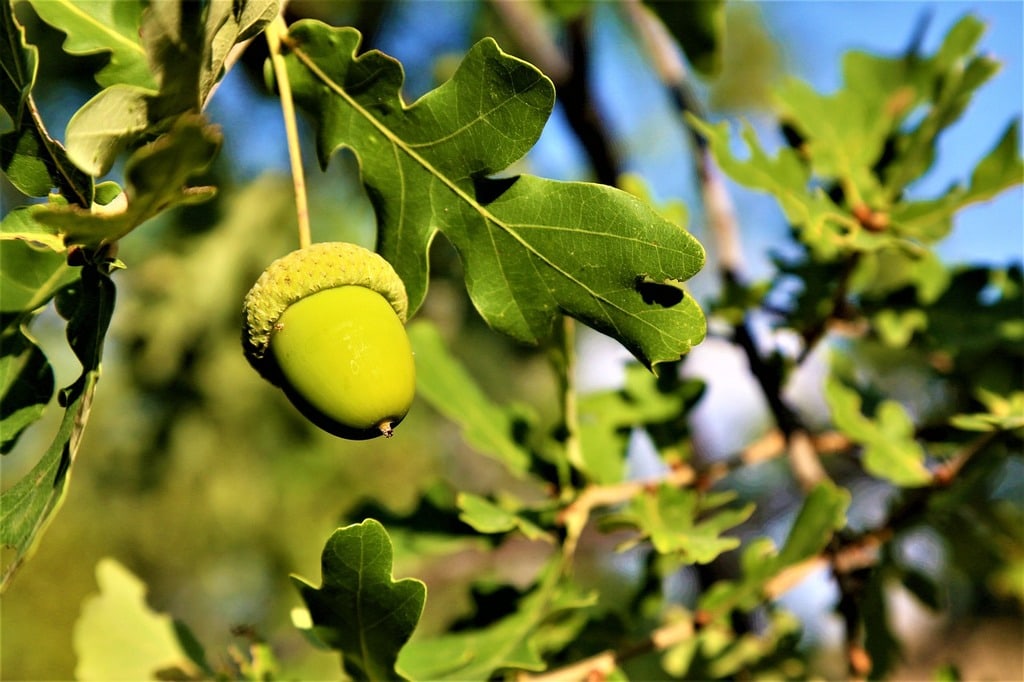Conservation efforts to protect our environment
Conservation efforts to protect the environment are essential to maintaining the delicate balance of our planet’s ecosystems. As human activities continue to impact natural habitats, the need for effective conservation strategies becomes more pressing. This article explores various approaches and initiatives aimed at preserving biodiversity, mitigating climate change, and ensuring sustainable resource use.
Effective Conservation Strategies to Safeguard the Environment
Protecting the environment involves a multifaceted approach that includes policy-making, community engagement, and scientific research. Governments play a pivotal role by enacting laws and regulations that limit pollution and deforestation. International agreements, such as the Paris Agreement, aim to reduce greenhouse gas emissions and slow the rate of global warming.
In addition to governmental actions, non-governmental organizations (NGOs) and community groups are actively involved in conservation efforts. These organizations often focus on raising awareness, funding research projects, and implementing on-the-ground initiatives. Community involvement is critical as it encourages local stewardship and sustainable practices.
Scientific research underpins all conservation efforts by providing data and insights that guide decision-making. Conservation biology, for instance, studies the factors that influence species survival and ecosystem health. This knowledge is vital for developing effective management plans and conservation techniques.
Biodiversity Conservation
Biodiversity is the foundation of healthy ecosystems. Protecting species and their habitats ensures ecosystem stability and resilience. Several key methods are used to conserve biodiversity:
- Establishing protected areas: national parks, wildlife reserves, and marine sanctuaries are essential for safeguarding species and their habitats.
- Habitat restoration: rehabilitating degraded landscapes helps to restore ecosystem functions and support wildlife populations.
- Wildlife corridors: creating connections between fragmented habitats allows species to migrate, breed, and access resources.
Incorporating traditional ecological knowledge from indigenous communities can also enhance biodiversity conservation. These communities often have a deep understanding of local ecosystems and sustainable practices that have been passed down through generations.

Combating Climate Change
Climate change poses one of the greatest threats to the environment. Efforts to combat this challenge include reducing carbon emissions and enhancing carbon sequestration. Renewable energy sources, such as wind, solar, and hydroelectric power, are critical in transitioning away from fossil fuels.
Afforestation and reforestation projects are effective in capturing carbon dioxide from the atmosphere. Planting trees and restoring forests not only sequester carbon but also provide habitat for countless species. Additionally, protecting existing forests from logging and land conversion is crucial.
Agricultural practices also play a significant role in mitigating climate change. Techniques such as no-till farming, cover cropping, and agroforestry enhance soil health and reduce greenhouse gas emissions. Sustainable agriculture supports food security while minimizing environmental impact.
Promoting Sustainable Resource Use
Ensuring that natural resources are used sustainably is fundamental to long-term conservation efforts. Overexploitation of resources leads to habitat destruction, pollution, and biodiversity loss. Sustainable practices are essential in various sectors, including forestry, fisheries, and agriculture.
In forestry, sustainable management practices include selective logging, maintaining buffer zones, and promoting natural regeneration. These methods help preserve forest ecosystems and maintain biodiversity.
Sustainable fisheries management involves setting catch limits, protecting breeding grounds, and reducing bycatch. These measures help to maintain fish populations and the health of marine ecosystems.
Agricultural sustainability can be achieved through integrated pest management, organic farming, and efficient water use. These practices reduce chemical inputs, enhance soil fertility, and conserve water resources.
Individual Actions and Community Involvement
Conservation efforts are not limited to organizations and governments; individuals and communities also play a crucial role. Small changes in daily habits can collectively make a significant impact on the environment. Here are some ways individuals can contribute:
- Reducing waste: practicing the 3 Rs – Reduce, Reuse, Recycle – helps minimize waste and its environmental impact.
- Conserving water: simple actions like fixing leaks, using water-efficient fixtures, and practicing mindful water use can save significant amounts of water.
- Supporting sustainable products: choosing products that are sustainably sourced and produced encourages eco-friendly practices in industries.
Community involvement in conservation projects, such as tree planting drives, clean-up campaigns, and wildlife monitoring, fosters a sense of responsibility and connection to the environment.
The Future of Conservation Efforts
Looking ahead, the success of conservation efforts will depend on continued innovation, collaboration, and education. Advancements in technology, such as remote sensing and genetic research, offer new tools for monitoring and protecting ecosystems. Collaborative efforts between governments, NGOs, scientists, and communities are essential for addressing global environmental challenges.
Education and awareness are also key components. Informing the public about environmental issues and empowering them with knowledge can drive collective action. Conservation education in schools and through media campaigns can inspire future generations to prioritize and engage in environmental protection.
By adopting these strategies and promoting a culture of sustainability, it is possible to create a healthier, more resilient planet for all living beings. Effective conservation efforts not only protect the environment but also ensure the well-being of future generations.
